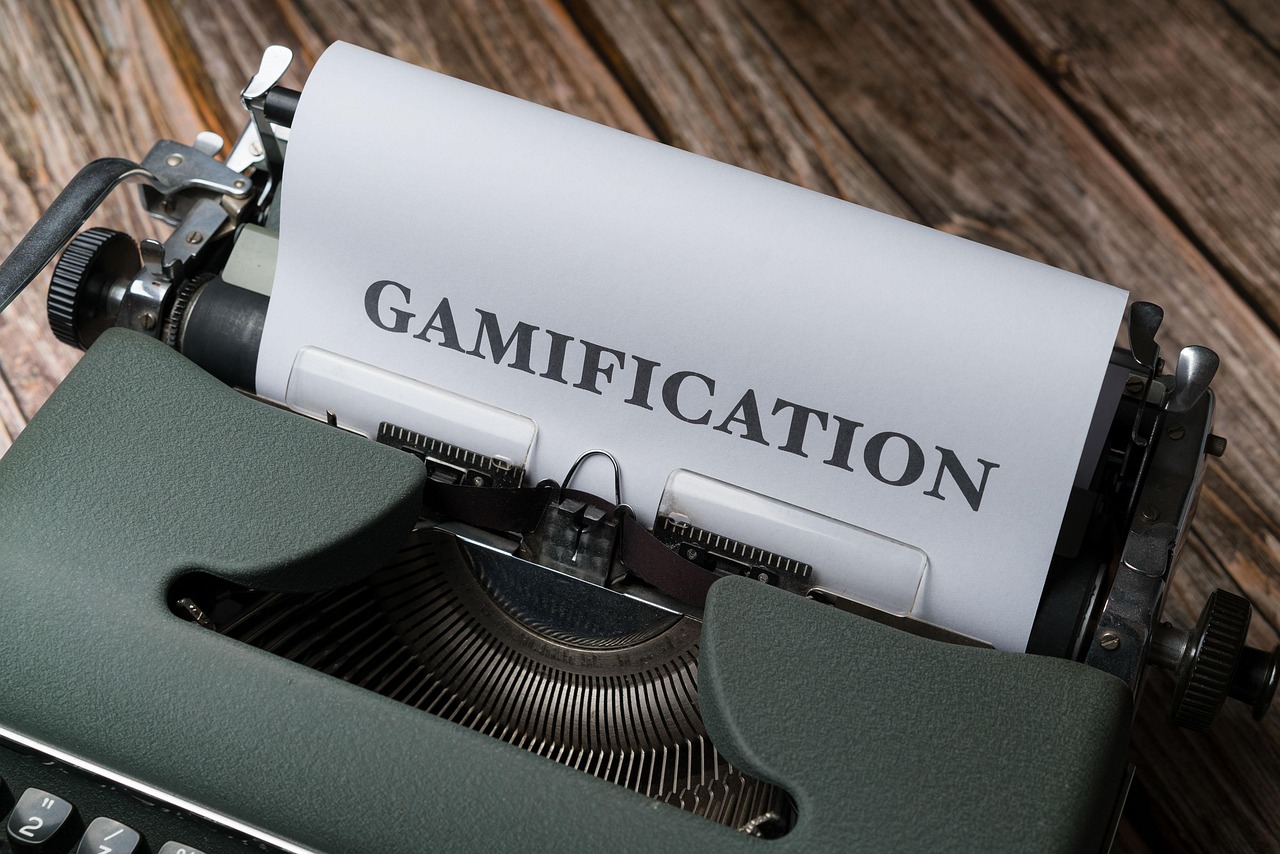Introduction to Gamification in Education
The concept of gamification in education has been gaining momentum over the past decade, and it’s easy to see why. By incorporating elements of game design into learning, educators can create a more engaging and interactive experience for students. As we delve into the world of gamification, it’s essential to explore the various ways it can be applied in educational settings. Some of the most renowned publications have highlighted the benefits of gamification, showcasing its potential to revolutionize the way we learn.
The Power of Motivation
One of the primary advantages of gamification is its ability to motivate students. By introducing elements of competition, reward systems, and progression tracking, learners become more invested in the educational process. This, in turn, can lead to increased participation, improved attendance, and a greater overall enthusiasm for learning. As the saying goes, “you can’t teach a hungry child,” and gamification helps to stimulate the appetite for knowledge.
Key Elements of Gamification
So, what exactly makes gamification tick? Some of the key elements include:
- Point systems: awarding points for completing tasks or achieving milestones
- Badges: visual representations of accomplishments and progress
- Leaderboards: ranking students based on performance or progress
- Challenges: presenting obstacles to overcome, promoting problem-solving and critical thinking
- Feedback: providing constructive criticism and guidance to facilitate improvement
These elements can be combined and tailored to suit various learning environments, from elementary schools to universities.
The Impact of Gamification on Learning Outcomes
Numerous studies have investigated the effects of gamification on learning outcomes, and the results are promising. By making learning more engaging, gamification can lead to:
Improved Academic Performance
Gamification has been shown to improve academic performance, particularly in subjects like mathematics and science. By presenting complex concepts in a more enjoyable and interactive manner, students are more likely to grasp and retain the information.
Enhanced Student Engagement
Engagement is a critical factor in the learning process, and gamification has been proven to increase student participation and motivation. This, in turn, can lead to a more positive attitude towards learning and a reduced risk of dropout.
Developing Transferable Skills
Gamification can also help students develop essential skills, such as problem-solving, critical thinking, and collaboration. These skills are highly valued in the modern workplace, making gamification an attractive approach for educators seeking to prepare students for future success.
Real-World Applications of Gamification
Gamification is not limited to the classroom; it can be applied in various real-world settings, such as:
Corporate Training
Companies are increasingly using gamification to train employees, improving knowledge retention and reducing the likelihood of errors. This approach can be particularly effective in industries where compliance and safety protocols are crucial.
Public Health Initiatives
Gamification can be used to promote healthy behaviors, such as exercise and nutrition, by creating engaging challenges and reward systems. This approach has been shown to be effective in encouraging individuals to adopt healthier lifestyles.
Environmental Education
Gamification can also be applied to environmental education, teaching individuals about sustainable practices and promoting eco-friendly behaviors. By making environmentalism fun and interactive, gamification can inspire a new generation of eco-conscious citizens.
Challenges and Limitations
While gamification has shown tremendous promise, it’s essential to acknowledge the potential challenges and limitations. Some of the concerns include:
Overemphasis on Competition
Gamification can inadvertently create an overemphasis on competition, potentially leading to stress and decreased motivation among students who struggle to keep up.
Lack of Standardization
The lack of standardization in gamification approaches can make it difficult to measure effectiveness and compare results across different studies.
Ensuring Authentic Learning
It’s crucial to ensure that gamification is used to support authentic learning, rather than simply providing a distraction from the learning process. Educators must strike a balance between engagement and academic rigor.
Table: Gamification Strategies and Their Effects
| Strategy | Effect |
| Point systems | Increased motivation and engagement |
| Badges | Visual representation of progress and achievements |
| Leaderboards | Healthy competition and increased participation |
| Challenges | Improved problem-solving and critical thinking skills |
Conclusion and Future Directions
As we move forward, it’s essential to continue exploring the potential of gamification in education. By addressing the challenges and limitations, educators can harness the power of gamification to create a more engaging, effective, and enjoyable learning experience. Some of the most respected publications have highlighted the benefits of gamification, and it’s clear that this approach is here to stay.
Answering Your Questions
You may be wondering: What are the most effective gamification strategies for my classroom? How can I ensure that gamification supports authentic learning? What are the potential drawbacks of gamification, and how can I mitigate them? These questions are essential to consider as you embark on your own gamification journey.
Final Thoughts
In conclusion, gamification has the potential to revolutionize the way we learn. By incorporating elements of game design into education, we can create a more engaging, interactive, and effective learning experience. As you explore the world of gamification, remember to stay informed, think critically, and always keep the needs of your students at the forefront. The future of education is exciting, and gamification is just the beginning.
